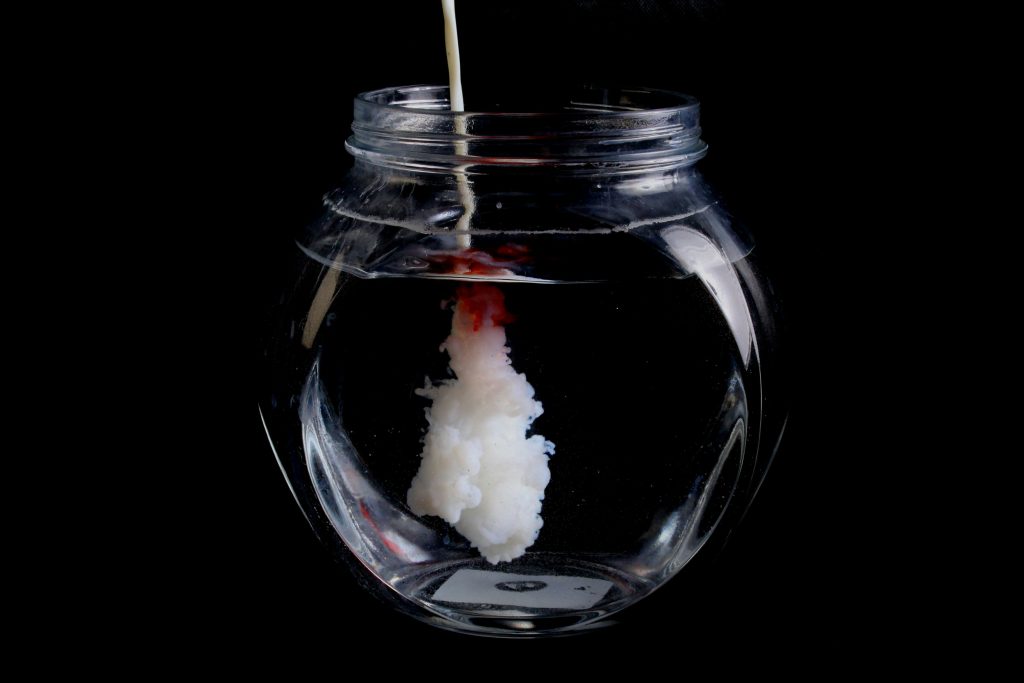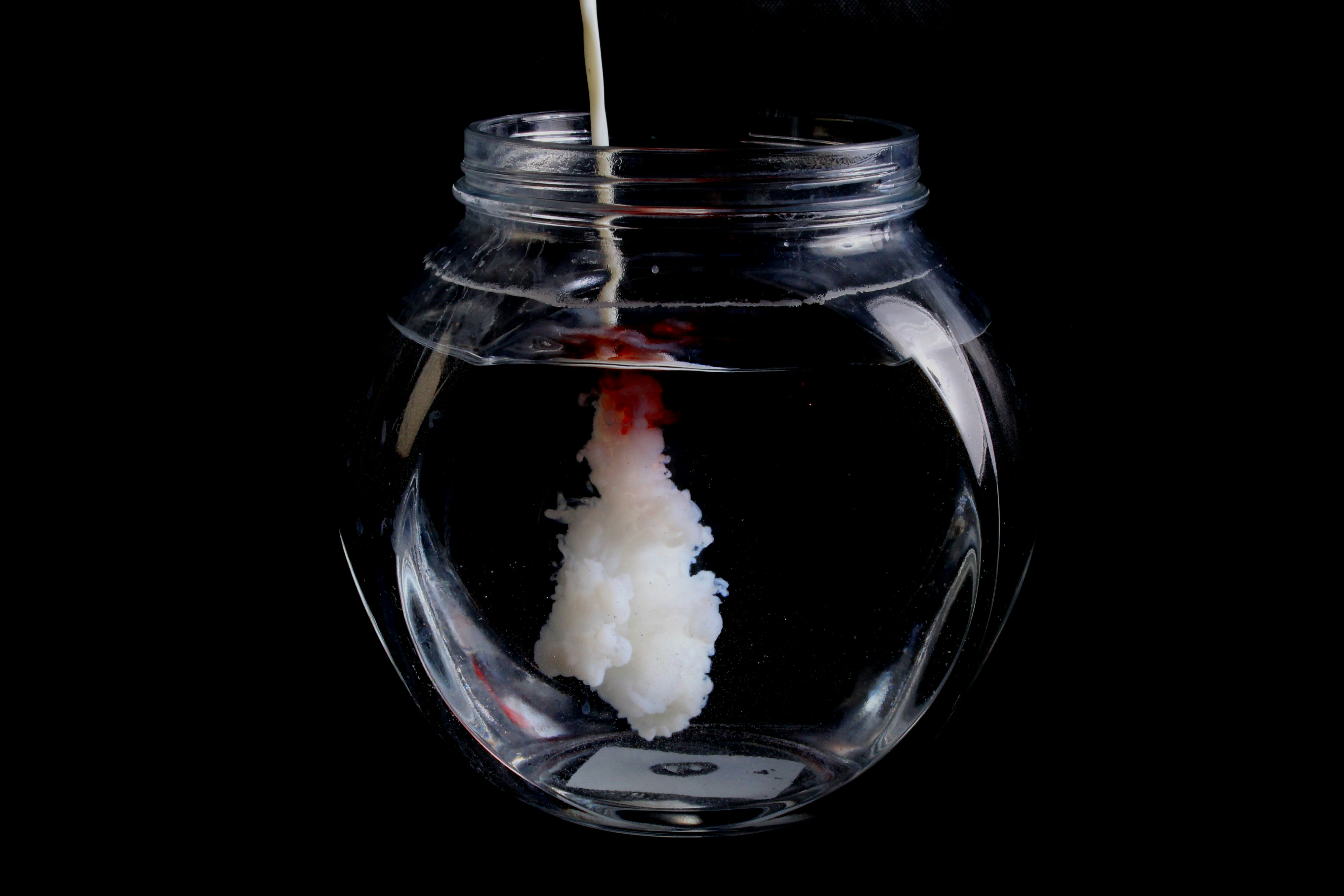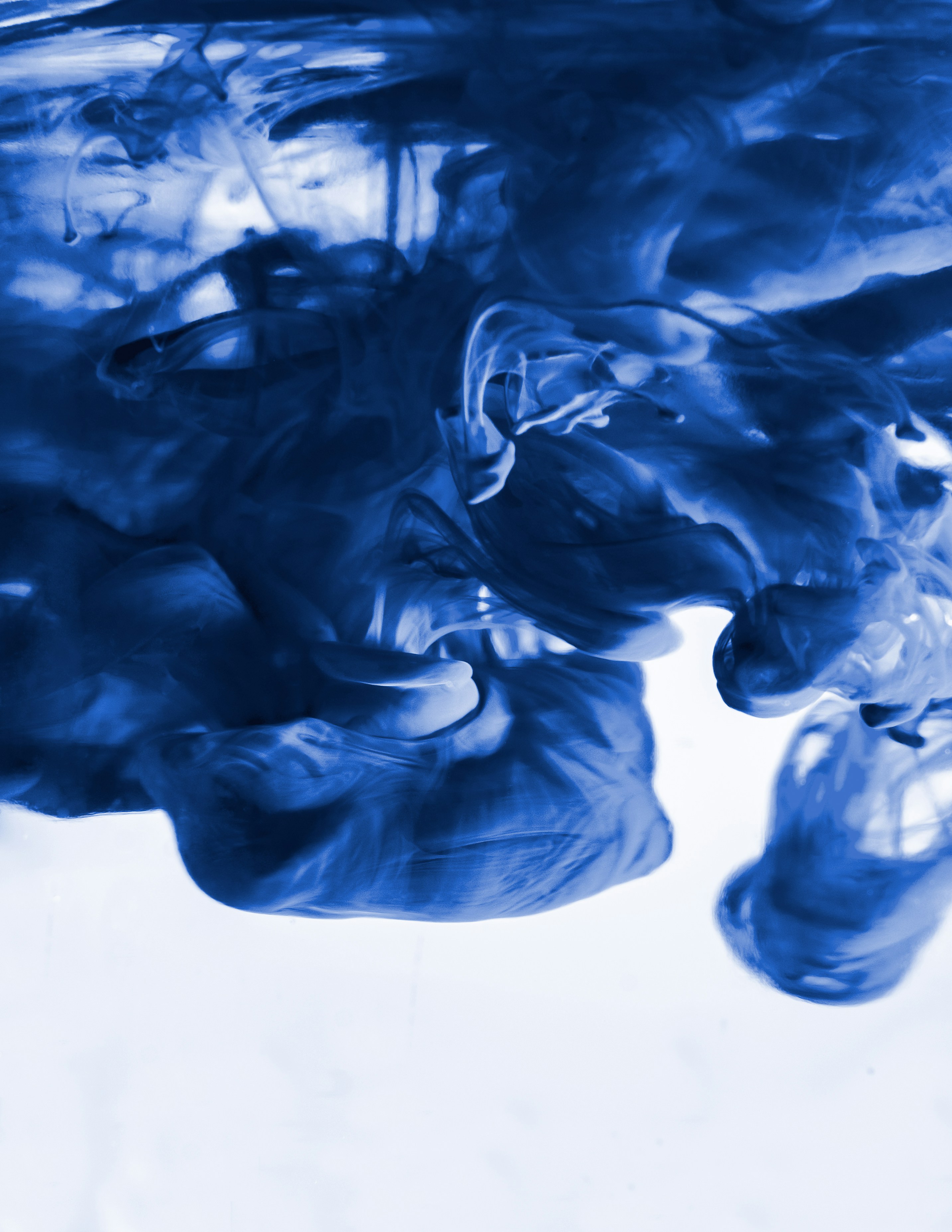How Does DTF Pigment Ink Compare to Other Ink Types for Printing?

How Does DTF Pigment Ink Compare to Other Ink Types for Printing?
Introduction to DTF Pigment Ink
Are you tired of the limitations that come with traditional printing inks? If so, it might be time to explore a game-changer in the world dtf pigment ink of printing: DTF pigment ink. This innovative ink type is catching the attention of both amateur and professional printers alike. Unlike its predecessors, DTF pigment ink offers vibrant colors and impressive durability on various materials. In this blog post, we’ll dive into how DTF pigment ink stacks up against other popular inks like dye and sublimation inks. Whether you’re a seasoned printer or just starting out, understanding these options can help elevate your projects to new heights. Let’s get started!
Comparison with Traditional Ink Types: Dye and Sublimation Inks

DTF pigment ink stands out when compared to traditional dye and sublimation inks. While dye inks are vibrant, they can fade over time due to UV exposure. In contrast, DTF pigment ink offers superior color longevity and resistance to environmental factors.
Sublimation inks work best on polyester materials, limiting their versatility. DTF pigment ink is more adaptable across a variety of substrates, including cotton and blends. This flexibility opens new avenues for creative projects.
Another key difference lies in the application process. Dye inks often require specific printers or methods; however, DTF technology simplifies printing directly onto fabrics with ease.
Moreover, durability plays an essential role in this comparison. Prints made with DTF pigment ink withstand washing better than those produced with dye-based options, making it ideal for textiles that see frequent use.
Benefits of Using DTF Pigment Ink for Printing
DTF pigment ink offers vibrant colors that can elevate any design. The rich hues remain consistent, ensuring your prints look stunning every time.
Durability sets DTF apart. This ink is resistant to fading and scratching, making it ideal for items that see regular use. Whether it’s apparel or promotional products, the quality endures.
Another remarkable benefit is versatility. DTF pigment ink adheres well to various materials—cotton, polyester, and even blends seamlessly with different fabrics.
Additionally, these inks are environmentally friendly compared to some alternatives. Many formulations contain fewer harmful chemicals while still delivering exceptional performance.
Ease of use cannot be overlooked either. Printing with DTF pigment ink requires minimal adjustments on most printers equipped for this technology.
These attributes make DTF pigment ink a compelling choice for businesses looking to enhance their printing capabilities without compromising quality or sustainability.
Applications and Uses of DTF Pigment Ink in Various Industries
DTF pigment ink is finding its place across diverse industries. In the textile sector, it allows for vibrant and durable prints on fabrics, making it ideal for custom apparel and promotional items.
Graphic designers appreciate DTF ink for producing high-quality artwork on various substrates. Whether it’s posters or signage, this ink delivers sharp images that stand out.
The packaging industry also benefits from DTF pigment ink. It provides excellent adhesion to different materials, ensuring brand visuals remain intact throughout the supply chain.
In the world of personalized products, such as mugs and phone cases, this versatile ink excels by offering resistance to fading over time. As more sectors recognize its potential, DTF pigment ink continues to shape how we create and print in today’s marketplace.
Cost Analysis: Is DTF Pigment Ink Worth the Investment?
When evaluating DTF pigment ink, cost is a crucial factor. Initially, it may seem pricier than traditional inks like dye and sublimation. However, considering its durability can change the perspective.
DTF pigment ink boasts excellent wash and fade resistance. This longevity means fewer replacements over time, ultimately saving money in the long run.
Additionally, compatibility with a variety of substrates makes it versatile for different projects. The ability to print on cotton blends or synthetic fabrics without needing specialized equipment adds further value.
While initial investment might be higher, operational costs could decrease due to reduced waste and increased efficiency in printing processes. For businesses looking to expand their product offerings or improve quality, DTF pigment ink emerges as a compelling option worth exploring.
Maintenance and Storage Tips for DTF Pigment Ink

Proper maintenance and storage are key to maximizing the lifespan of DTF pigment ink. Always keep your ink cartridges in a cool, dry place. Avoid direct sunlight or extreme temperatures; dtf pigment ink price these can compromise ink quality.
When not in use, seal the cartridges tightly. This prevents air exposure, which can lead to drying out. Consider using an airtight container for added protection.
Regularly check the nozzles on your printer to prevent clogs. Running a cleaning cycle every few weeks helps maintain optimal performance and ensures vibrant prints.
If you notice any separation in the inks, gently shake the cartridge before use to mix them back together evenly.
Always consult manufacturer guidelines for specific recommendations related to maintenance and longevity of DTF pigment ink products. Following these tips can enhance printing efficiency while keeping colors sharp and true.
Conclusion
DTF pigment ink stands out as a versatile and efficient printing solution, particularly when compared to traditional inks like dye and sublimation. Its ability to produce vibrant colors while maintaining durability makes it an attractive choice for various applications.
The benefits of using DTF pigment ink are numerous. It offers excellent adhesion to different fabrics and substrates, ensuring that prints remain intact even after multiple washes. This quality is crucial for businesses aiming for longevity in their products.
In terms of cost, the initial investment might be higher than some other ink types; however, the long-term savings from fewer reprints can offset these costs. Plus, with proper maintenance and storage practices, users can maximize the lifespan of their supplies.
As more industries recognize its potential—from fashion to promotional merchandise—the demand for DTF pigment ink continues to rise. This trend indicates a promising future where this innovative printing technology could redefine standards across various sectors.
Choosing DTF pigment ink may just elevate your printing game—whether you’re creating custom apparel or unique designs that require high-quality results. Understanding its advantages will help you make informed decisions in your next project or business venture.


